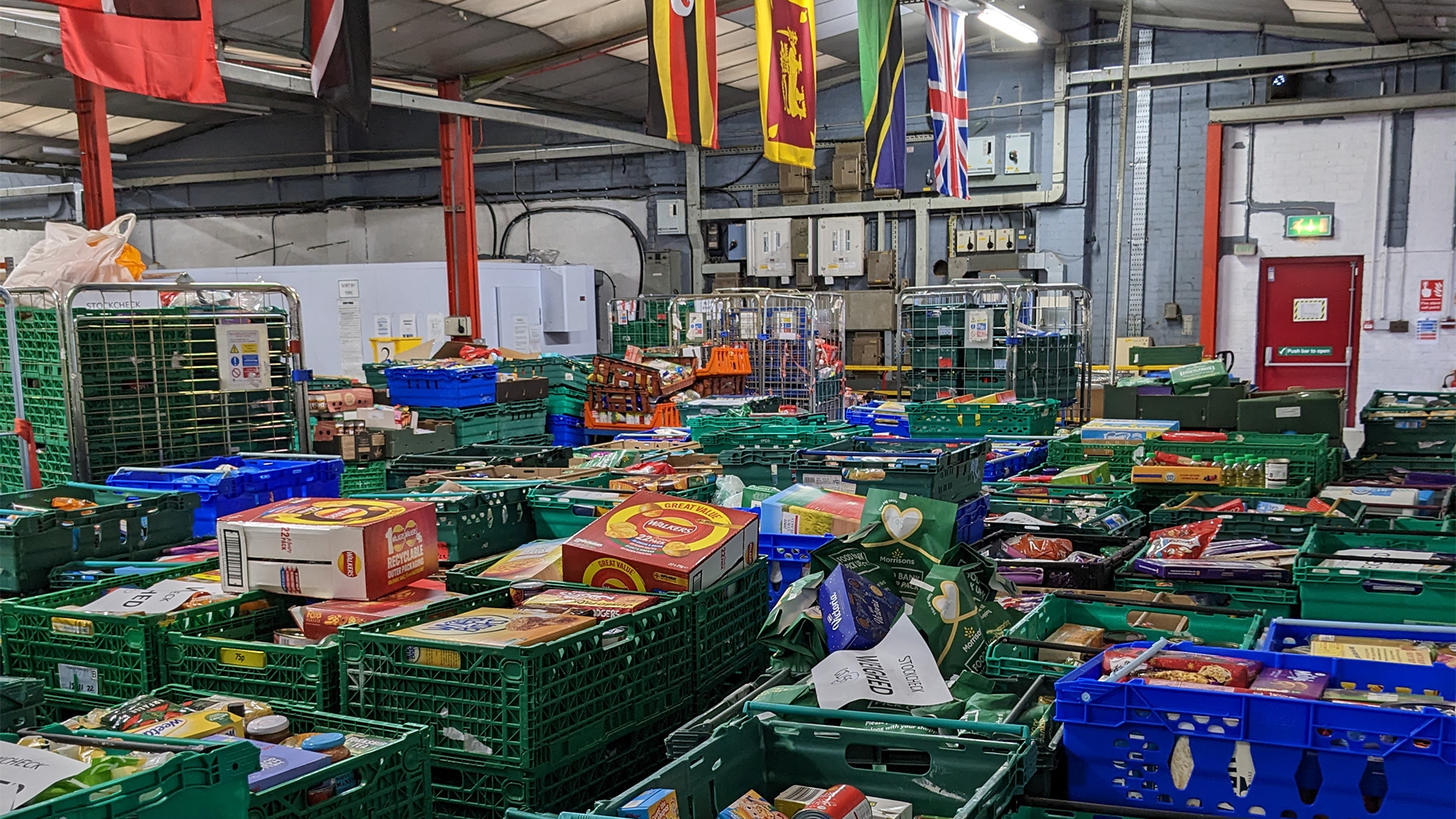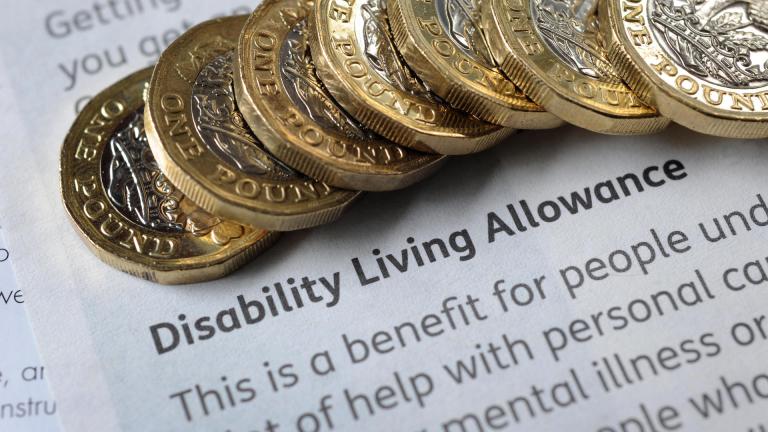Every day 14 million people in the UK go to bed hungry. This figure is increasing, with almost four million children living in homes struggling with food poverty. Political choices such as austerity, caps to benefits and cuts to social protection spending have led to the present figures.
The rising cost of food and housing places difficult choices for vulnerable groups, who often are forced to choose cheaper food to feed their families. Almost 70% of the food our young adults eat in the UK is ultra processed, often including high levels of salt, sugar and fat, while our fruit and vegetable consumption is reducing to just 33% of adults and 12% of 11–18-year-olds currently eating the five portions a day. These are all challenges we need to address.
Read more:
- Save tens of billions in public money by ending hunger – not slashing benefits, government told
- How ‘social supermarkets’ offer hope and dignity for people facing hunger
- Food banks are a lifeline – but not the solution. There are better ways to tackle poverty in 2025
The impact from the lack of investment in addressing poverty, hunger and nutrition is clear, with rising levels of chronic diseases like diabetes and obesity in the UK.
The new NHS 10 Year Health Plan declares that we need to bring care closer to the community and increase the focus on preventing illnesses. This change in focus would reduce the present demand on the NHS and encourage more active ageing in our communities. The call to put the communities back into the centre of planning and implementing public health and nutrition services, confirms what our participants requested last year at the World Public Health Nutrition Congress in London.
What can the UK do?
On 13 September, students and academics at the University of Westminster collaborated with Ian Byrne MP to host the inaugural Right to Food UK Conference, aiming to address the UK’s deepening food insecurity crisis and its devastating impact on health.









